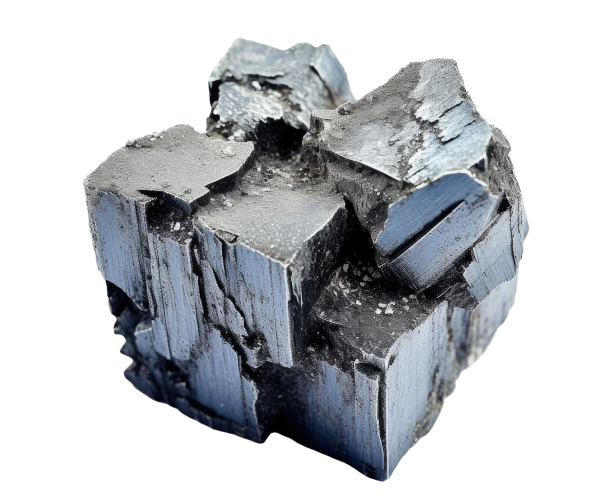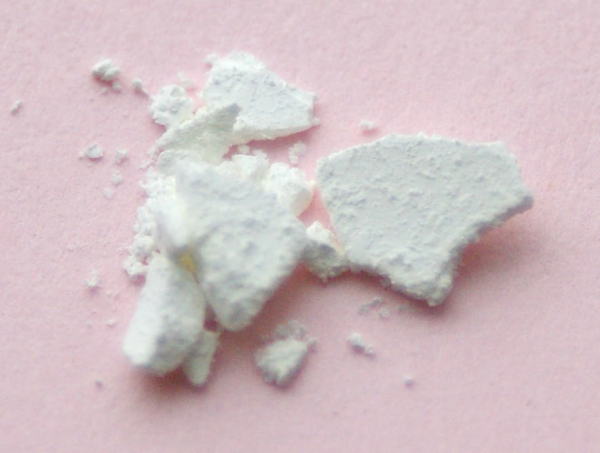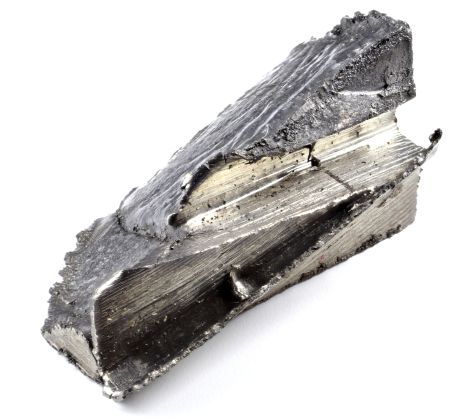Dy • Atomic Number 66
Dysprosium
Dysprosium is a silvery-gray, malleable and ductile metal that belongs to the heavy rare earth elements.
It is highly reactive. Together with holmium, dysprosium has the highest magnetic moment (10.6 μB) of all naturally occurring chemical elements.
The discovery of dysprosium traces back to studies of gadolinite (then still called ytterbite), a mineral from the Ytterby mine near Stockholm, Sweden.
In 1879, Per Theodor Cleve and Jacques-Louis Soret independently discovered through spectroscopic investigations that erbium contained additional elements. Following Cleve’s suggestion, these were named holmium and thulium.
In 1886, Paul Émile Lecoq de Boisbaudran conducted fractionation experiments on holmium and realized that another element must exist. Since the unknown element was experimentally very difficult to isolate and he was unable to obtain a pure fraction, he named it dysprosium, meaning “the inaccessible.”
In 1906, Georges Urbain succeeded in producing pure dysprosium oxide for the first time. In 1936, Wilhelm Klemm and Heinrich Bommer isolated metallic dysprosium for the first time. In 1950, Frank Harold Spedding developed an effective ion-exchange separation method for dysprosium and yttrium.
Rare Earth Elements

The occurrence of dysprosium in the continental Earth’s crust is about 5.2 ppm. In terms of abundance, it ranks behind most of the light rare earth elements such as cerium, neodymium, and samarium, but ahead of most heavy rare earths like erbium, ytterbium, and holmium.
Minerals with particularly high dysprosium content include xenotime and gadolinite-(Y). In contrast, ores important for extracting other lanthanides, such as monazite and bastnäsite, contain only small amounts of dysprosium.
The main sources of dysprosium are ion-adsorption clay minerals (clay deposits) found in southern China (Jiangxi and Guangdong provinces) and Myanmar.
In these clay deposits, the rare earth elements are not part of a crystal structure but are adsorbed as ions onto clay particles. This allows for their extraction via ion-exchange processes, which are especially simple and cost-effective. Crucially, these deposits are highly enriched with valuable heavy rare earth elements like dysprosium and terbium.
After an elaborate separation of other dysprosium-associated elements, the oxide is converted with hydrofluoric acid to dysprosium fluoride. It is then reduced with calcium to metallic dysprosium, producing calcium fluoride as a byproduct. Remaining calcium residues and impurities are removed through an additional vacuum remelting process. High-purity dysprosium is obtained after vacuum distillation.
Commercial separation is performed by liquid-liquid extraction or ion-exchange methods. The metal is produced by metallothermic reduction of the anhydrous halides using alkali or alkaline earth metals. Further purification of the metal is achieved by vacuum distillation.
Dysprosium exists in three allotropes (structural forms). The α-phase is hexagonally close-packed (HCP) with lattice parameters a = 3.5915 Å and c = 5.6501 Å at room temperature. Upon cooling to approximately 90 K (-183 °C / -297 °F), the ferromagnetic order is accompanied by an orthorhombic distortion of the HCP lattice. The β-phase has lattice parameters a = 3.595 Å, b = 6.184 Å, and c = 5.678 Å at 86 K (-187 °C / -305 °F). The γ-phase is body-centered cubic (BCC) with a = 4.03 Å at 1381 °C (2518 °F).
The main applications of dysprosium are as alloying additions to Nd₂Fe₁₄B permanent magnet materials (where part of the neodymium is replaced by dysprosium) to increase both the Curie temperature and especially the coercive field strength, thereby improving the high-temperature performance of the alloy. The metal is also a component of the magnetostrictive material Terfenol D (Tb₀.₃Dy₀.₇Fe₂).
Due to its relatively high neutron absorption cross-section, dysprosium is used in control rods for nuclear reactors. Its compounds have been employed in the production of laser materials and phosphor activators, as well as in halogen metal vapor lamps.
The economic and technical significance of dysprosium is relatively low. Its annual production is estimated at less than 100 tons. It is used in various alloys, specialty magnets, and, alloyed with lead, as shielding material in nuclear reactors. However, its use in magnets for wind turbines has contributed to making rare earth metals a scarce resource. Additionally, the world’s largest supplier, China, restricts exports to increase domestic value creation.



